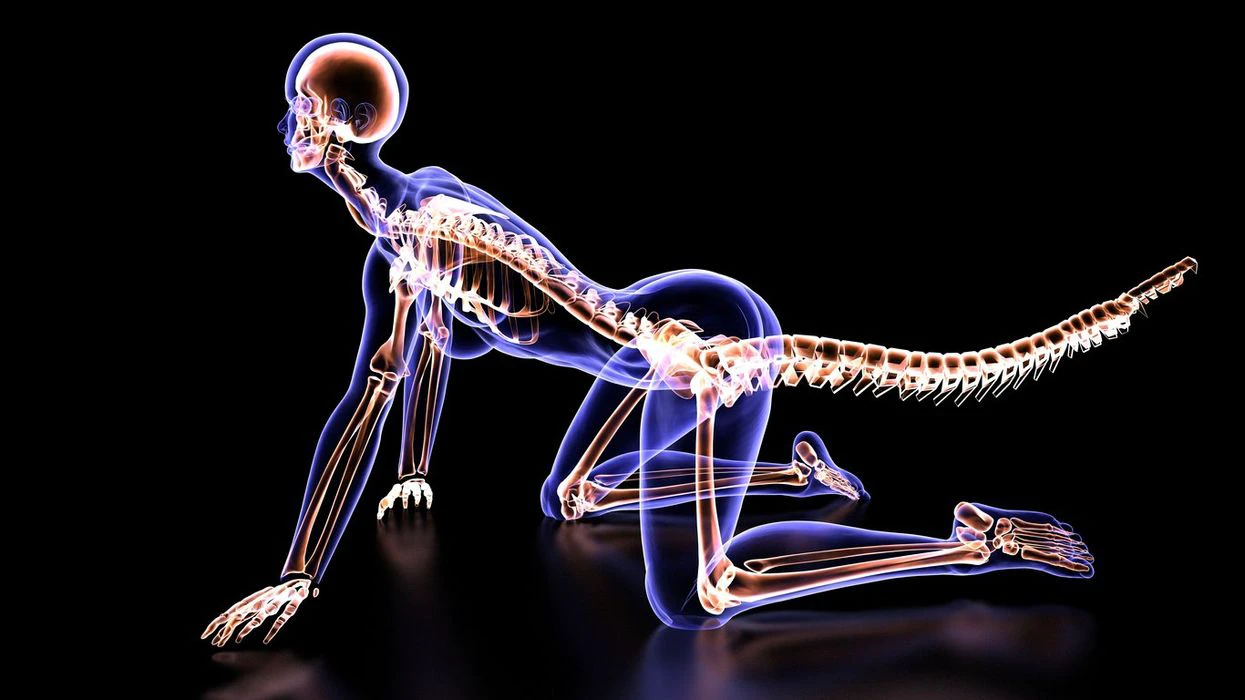Scientists have discovered why humans no longer have tails

Around 25 million years ago, an evolutionary split occurred between our ancestors, the precursors of humans and apes, and monkeys, resulting in the loss of tails in our lineage.
However, the genetic mutation responsible for this significant transformation has remained elusive until now.
In a new study published in Nature, researchers unveiled a unique DNA mutation linked to the disappearance of ancestral tails. This mutation resides within the TBXT gene, which plays a role in tail length regulation in tailed animals.
The journey towards this remarkable discovery began when Bo Xia, the primary author of the study, a graduate student at New York University and now a principal investigator at the Broad Institute, injured his tailbone and became intrigued by its evolutionary origins.
Itai Yanai, scientific director of the Applied Bioinformatics Laboratories at NYU Langone Health and a senior author of the study, praised Xia’s innovative perspective, noting, “Bo is really a genius because he looked at something that thousands of people, at least, must have looked at before – but he saw something different.”
Over millions of years, genetic changes drive animal evolution, ranging from subtle alterations to more intricate modifications. One such mechanism involves Alu elements, repetitive DNA sequences unique to primates, which can introduce variability by inserting themselves into the genome.





